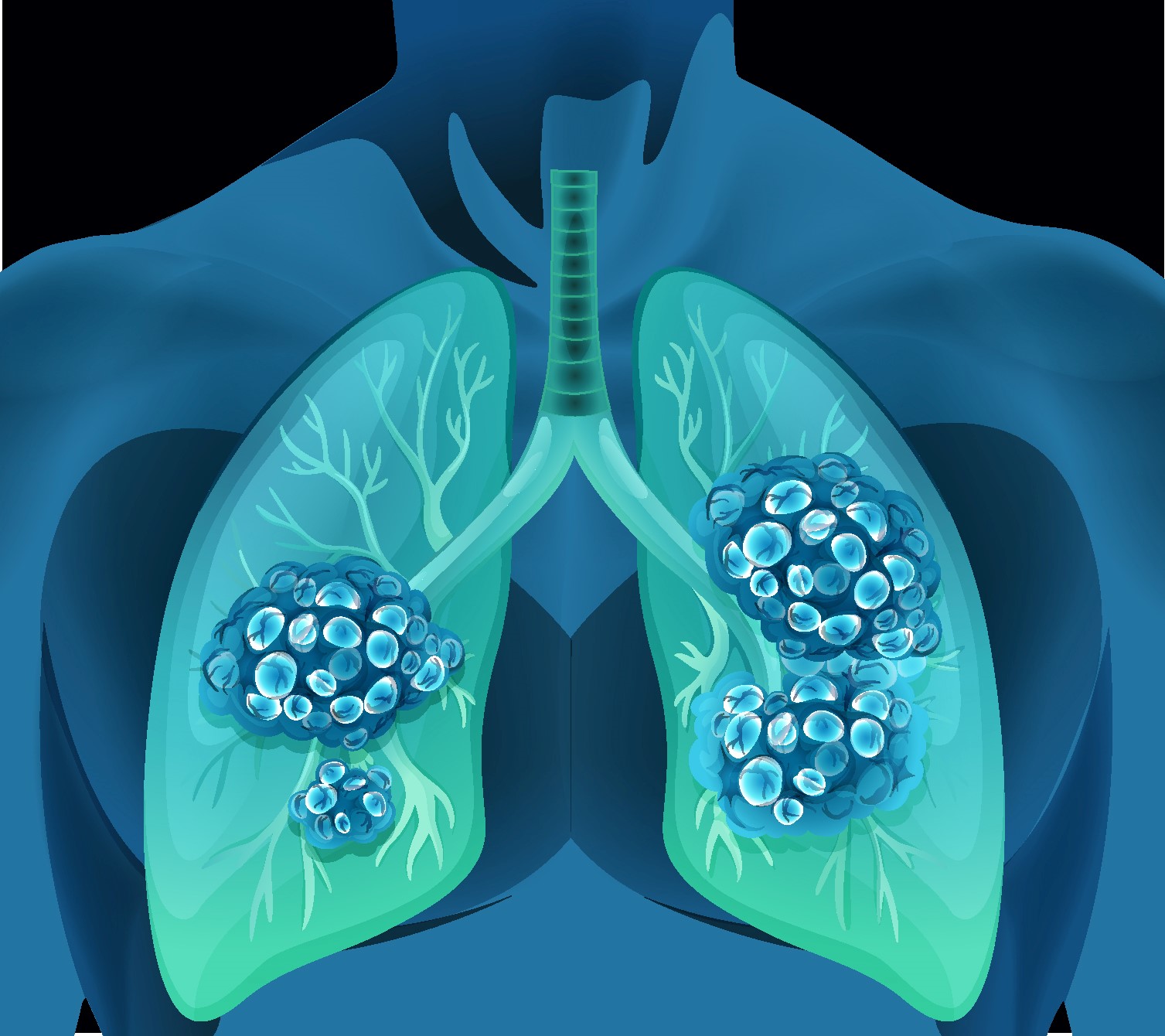The human airway is protected by an efficient innate defence mechanism that requires healthy secretion of airway surface liquid (ASL) to clear pathogens from the lungs. Most of the ASL in the upper airway is secreted by submucosal glands. In cystic fibrosis (CF), the function of airway submucosal glands is abnormal, and these abnormalities are attributed to anomalies in ion transport across the epithelia lining the different sections of the glands that function coordinately to produce the ASL. However, the ion transport properties of most of the anatomical regions of the gland have never been measured, and there is controversy regarding which segments express CFTR. This makes it difficult to determine the glandular abnormalities that may contribute to CF lung disease. Using a non-invasive, extracellular self-referencing ion selective electrode technique, we characterized ion transport properties in all four segments of submucosal glands from wild-type and CFTR swine. In wild-type airways the serous acini, mucus tubules, and collecting ducts secrete Cl and Na into the lumen in response to carbachol and forskolin stimulation. The ciliated duct also transports Cl and Na but in the opposite direction, i.e. reabsorption from the ASL, which may contribute to lowering Na and Cl activities in the secreted fluid. In CFTR airways the serous acini, collecting ducts, and ciliated ducts fail to transport ions after forskolin stimulation, resulting in the production of smaller volumes of ASL with normal Cl, Na and K concentration.
Airway submucosal glands from cystic fibrosis swine suffer from abnormal ion transport across the serous acini, collecting duct and ciliated duct.


